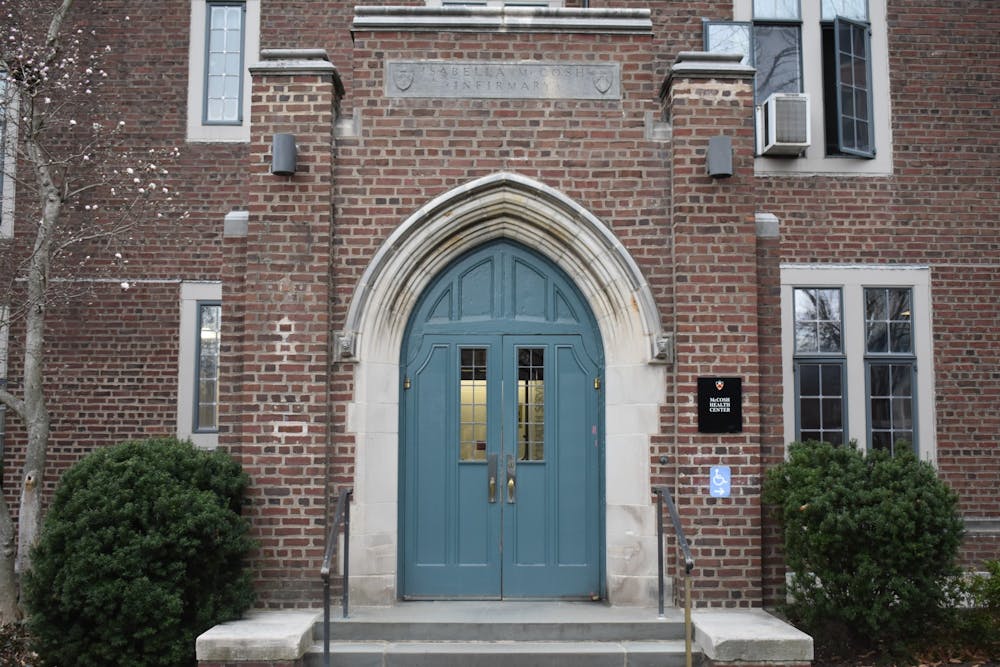Spring move-in will take place throughout the third week of January for undergraduates, a substantial shift in the timeline following altered quarantine guidance from the Centers for Disease Control and Prevention (CDC) and the State of New Jersey.
The CDC recently shortened the recommended quarantine period from 14 to seven days for individuals who receive negative COVID-19 tests after traveling, and the New Jersey Department of Health followed suit days later. Today, the University released new details surrounding what move-in and quarantine on campus will look like.
“Given the wide accessibility of diagnostic RT-PCR testing through the University’s Monitoring and Testing Protocol, we are adopting guidelines that indicate that quarantine can end after Day 7 if a diagnostic specimen tests negative and if no symptoms were reported during daily monitoring,” University Deputy Spokesperson Michael Hotchkiss told The Daily Princetonian.
“We hope this will reduce the burden of this initial arrival quarantine and increase compliance,” he added.
In line with updated public health guidance, University pushed back the end of move-in by a week. After previously stressing to students the urgency of moving in prior to Jan. 17, the University announced today that undergraduate move-in will take place from Jan. 16 through Jan. 24. Students are currently able to sign up online for hour-long move-in time slots, which run from 9 a.m. to 4 p.m.
Residential College Advisors (RCAs) will move in on Jan. 15, several RCAs told the ‘Prince.’
According to an updated University web page, all students will be tested upon arrival and immediately begin their arrival quarantine, during which students will be required to stay in their assigned sleeping space or bedroom except for the use of restrooms, “until their first test results are received.” Students will also be required to complete a “Daily Symptom Check.”
On-campus students who receive a positive test result will be moved into on-campus isolation housing, while students living locally and participating in the testing protocol “will have the option to move into on-campus isolation housing or isolate at their off-campus residence.”

Locations for isolation on campus “are still being finalized,” according to Hotchkiss.
Students living on campus who receive an initial negative result will see their access to campus expanded slightly during the remainder of the quarantine. They will be permitted to pick up meals and packages from designated areas, drop off saliva samples for COVID-19 testing at specific locations, and take a “single daily outdoors walk for up to an hour.”
University IDs will not allow students access to campus buildings beyond their assigned dormitory and McCosh Health Center at this point, and the campus will remain off-limits to all off-campus students.
The hour-long outdoor allowance doubles the University’s originally-announced 30-minute limit on outdoor activity during the latter portion of the quarantine period — a previously-stated policy removed from the Quarantine and Isolation web page last week.

Vice President for Campus Life Rochelle Calhoun justified strictly limiting outdoor activity following a negative test result during a town hall on Dec. 3, telling parents that the then-30-minute restriction would familiarize students with strict, exposure-based quarantine measures that may become necessary later in the semester.
Following seven days reporting no symptoms through the Daily Symptom Check and a negative COVID-19 test result submitted on day five or six of the quarantine, students will be permitted to leave their dorms and access the town of Princeton. At this point, students living off-campus will also be permitted to begin accessing on-campus outdoor spaces.
Hotchkiss clarified that despite quarantine being able to end after seven days under certain conditions, any quarantine mandated due to travel or exposure to an individual who may be infected “will be a default 10 days.”
“Students required to participate in travel or exposure-related quarantine will be able to petition to University Health Services for a 7 day quarantine after submitting a saliva sample on or after day 5 of quarantine,” he wrote. “Therefore, travel or exposure-quarantine should be assumed to be 10 days unless given release by University Health Services.”
With students able to arrive by Jan. 24 at the latest, all arrival quarantines will end by the start of February. Though, “limited exceptions may be made for international students who have to arrive late due to complications with the visa process” according to the spring 2021 website.
Approximately three quarters of undergraduates indicated their intention to live on campus through a non-binding form earlier this month.
This story is breaking and will continue to be updated as more information becomes available.








